Tag Archives: frames
Oakley finally designed a spectacle-friendly N95 mask that prevents your glasses from fogging up
It’s obviously in Oakley’s best interests to make face-masks that accommodate spectacles! Considering that more than 75% of the human adult population wears spectacles, and that fogged glasses can be such a deterring factor when it comes to masks, the opportunity to make a spectacles-friendly mask has been around for quite some time. As a pioneer in the eyewear (and sportswear) industry, Oakley was perfectly positioned to tackle this problem head-on, and I’m sort of surprised they didn’t launch this sooner! Meet the MSK3, a face-mask with replaceable N95 filters, and a dedicated eyewear channel along the nose that lets you comfortably wear spectacles without them fogging up.
The Oakley MSK3 is a clever solution to a largely ignored problem. The mask comes with a mesh front that looks stylish and basically gives you the feeling of breathability, while a high-performance, disposable filter sits behind it, giving you over 95% filtration efficiency of particles down to the size of 0.3 microns. Adjustable straps allow you to calibrate the mask to the size of your face, while the MSK3’s most innovative feature, the redesigned nose-bridge, ensures a perfect seal around the nasal area. The silicone nose-bridge also has a dedicated eyewear channel – a thin strip that lets you perfectly wear your specs over your mask, sealing the nasal area. This seal ensures that A. your spectacles don’t slip off while running or jogging, and B. exhaled air doesn’t leak from the area around your nose, fogging your glasses. The result is a mask that’s impeccably designed to solve the one MAJOR problem nobody thought of solving… and sure, you can look at the product from Oakley’s obvious profit angle, but then again, if it means a better, safer, and more comfortable mask-wearing experience for me and 75% of all adults, I guess that’s a pretty remarkable achievement too!
Designer: Oakley
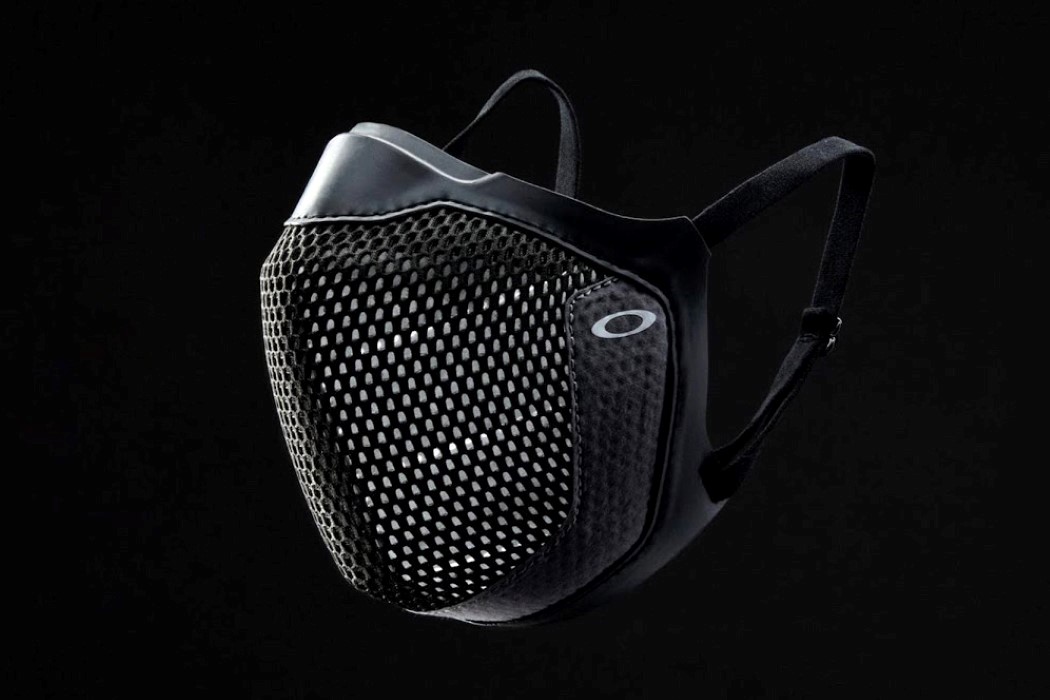
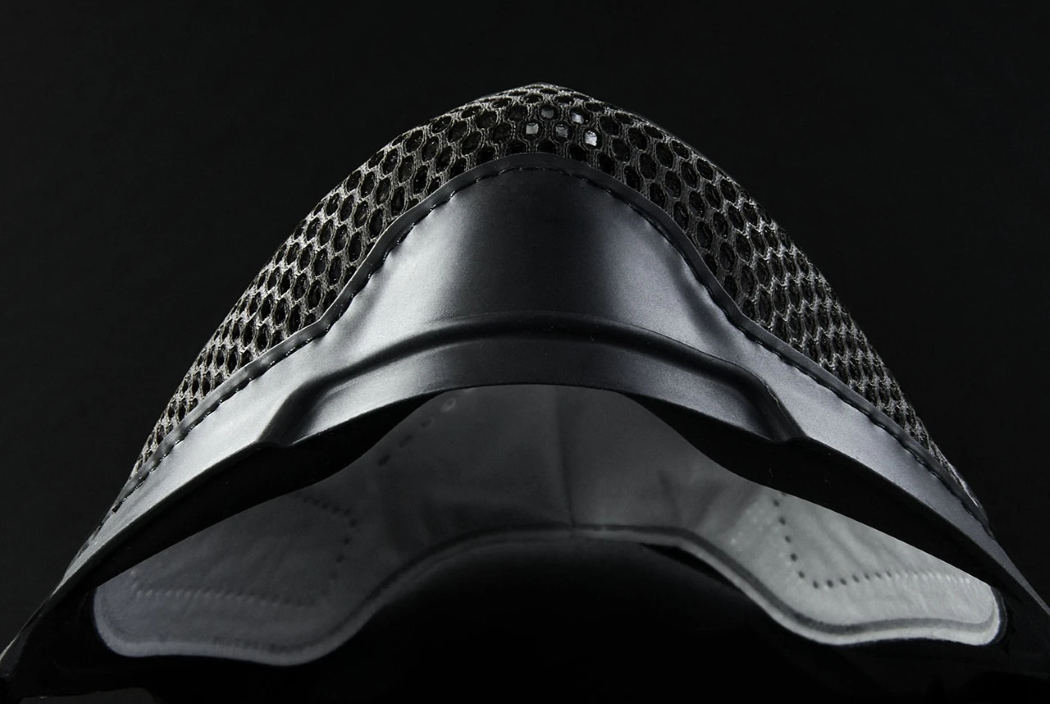
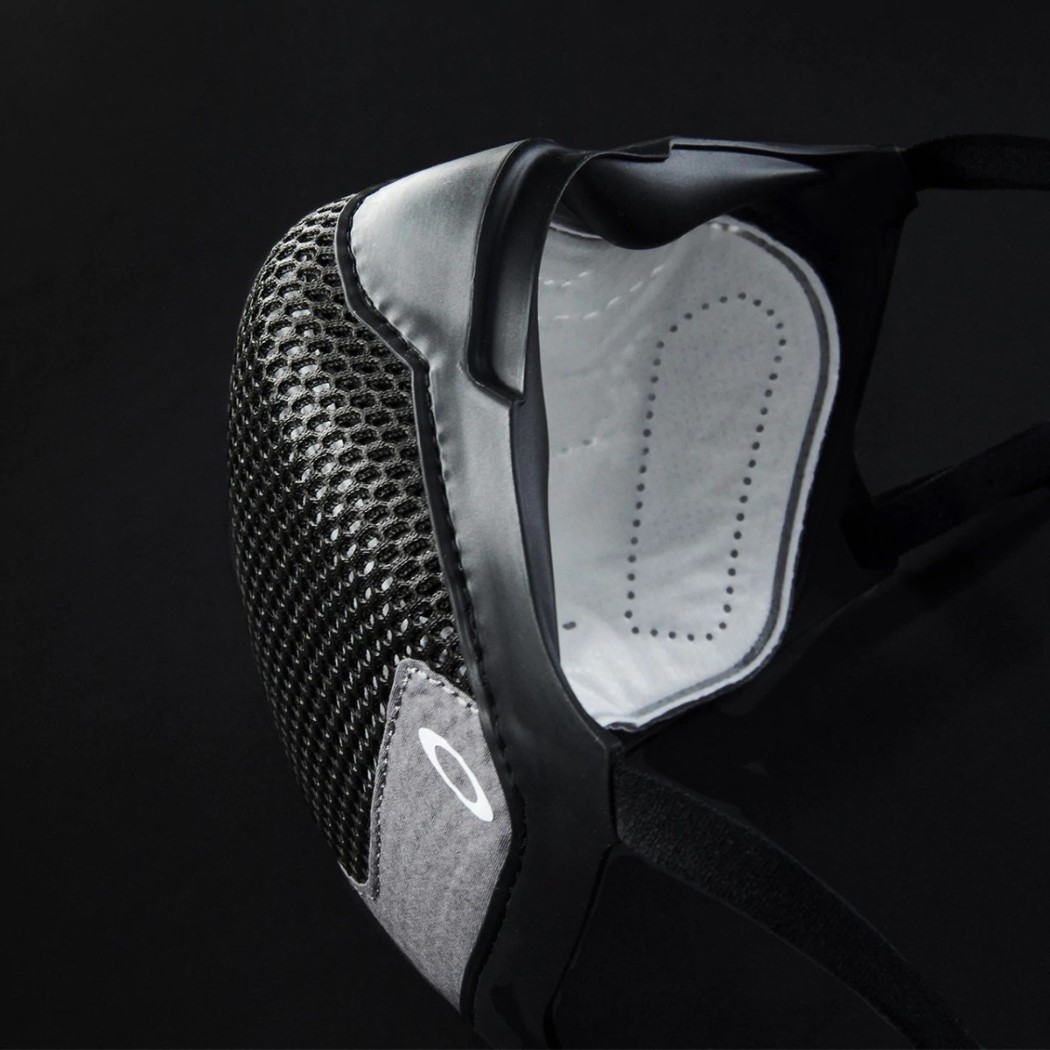
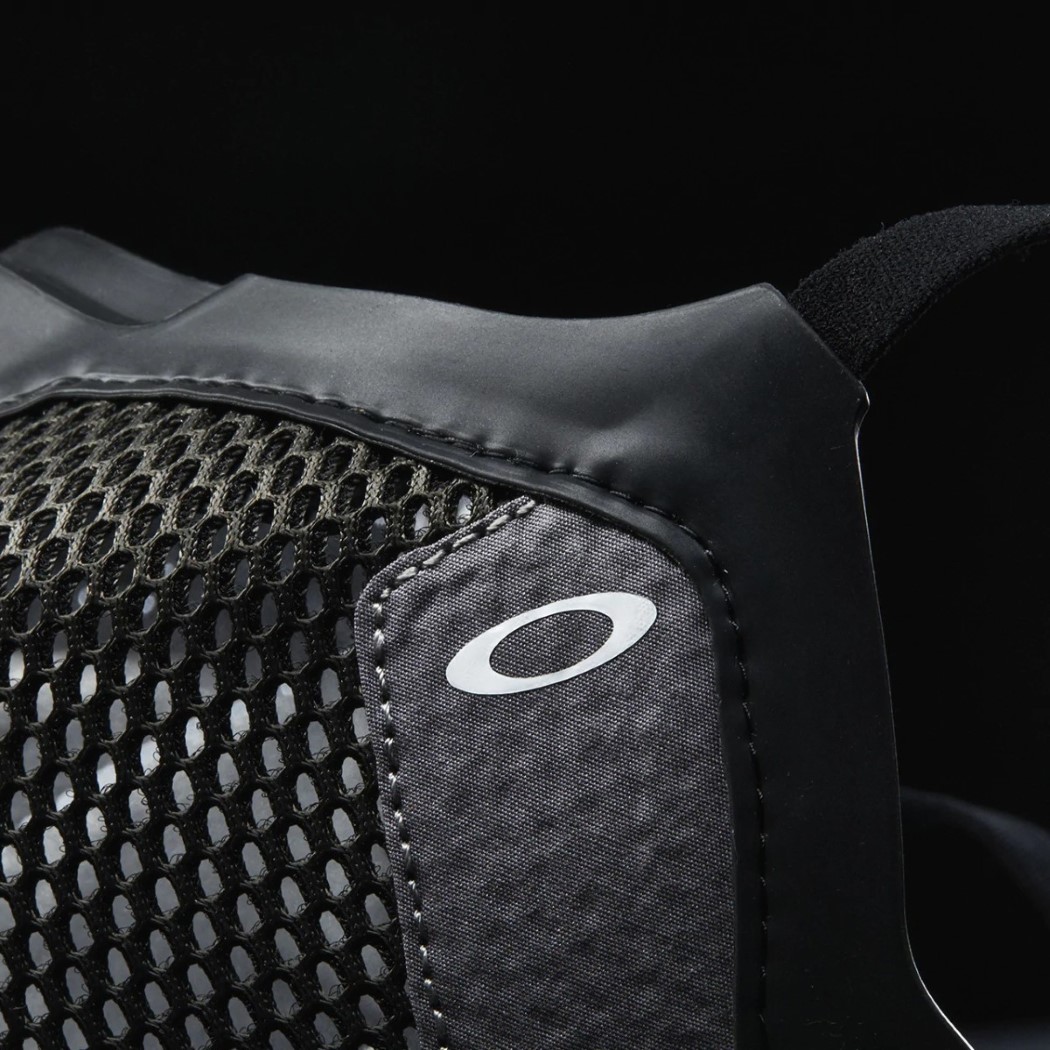
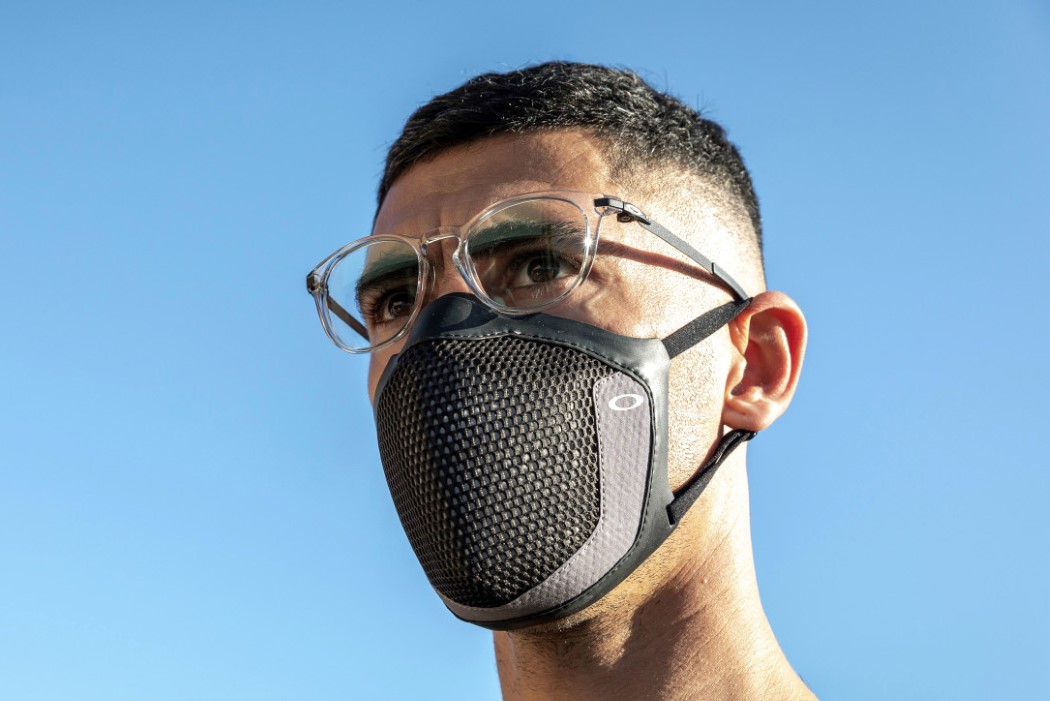
Bose launches three new sunglasses with speakers for its Frames line
Facebook just demonstrated what they claim is the world’s thinnest VR headset

Looking at this rudimentary prototype, one wouldn’t assume that a device so thin could be Facebook’s new stab at a consumer-grade VR headset. The company only recently announced it would be terminating sales and support of Oculus Go, its affordable VR headset… and that left a pretty obvious void in Oculus’s catalog of products. The creative minds sitting in Facebook’s Reality Labs (FRL), however, have been working on making VR headsets less clunky/bulky, and more like something you’d want to carry around and wear at work or at home.
Demonstrated at this year’s virtual SIGGRAPH conference, Facebook Reality Lab’s latest prototype VR wearable is, to mildly put it, ridiculously thin, measuring at just around 9mm. Designed to look like a pair of wayfarers, these glasses actually hold display units inside them, and Facebook’s research in viewing optics technology has helped them condense the headset from something that feels like a toaster strapped to your face, to a pair of frames that look like a pretty slick pair of shades.
So how is this even possible? How did Facebook manage to shrink a state-of-the-art headset into something that’s 9mm thick? Well, FB’s research blog’s been kind enough to release a GIF that shows exactly how the spectacles create the illusion of distance between the eyes and the display. It’s sort of similar to how binoculars work, in which mirrors are used to make a beam of light take a longer path within a small chamber. FB’s prototype headset, however, doesn’t use mirrors, but rather relies on a holographic lens. You see, a VR headset has three main components – a source of light (e.g., LEDs), a display panel that brightens or dims the light to form an image (e.g., an LCD panel), and a viewing optic that focuses the image far enough away so that the viewer’s eyes can see it (e.g., a plastic lens). LED and LCD panels can easily be compressed into slim modules that are paper-thin, but the trick has always been to make lenses thinner, and to reduce the large gap between the lens and the image. The prototype headset’s revolutionary holographic lens achieves this impossible feat by not just being thin, but by also creating the illusion of distance in a way that feels like the screen, that’s literally right in front of you, is a couple of feet away (there’s a demo GIF below too). This headset, for now, exists only in a prototype stage as the guys at Facebook’s Reality Labs try to work out the kinks in the design, from creating LED/LCD panels that are high-resolution and eye-strain-free, to accommodating other components like chipsets and batteries into the headset’s slim design.
“While it points toward the future development of lightweight, comfortable, and high-performance AR/VR technology, at present our work is purely research. In our technical paper, we identify the current limitations of our proposed display architecture and discuss future areas of research that will make the approach more practical. To our knowledge, our work demonstrates the thinnest VR display demonstrated to date, and we’re excited to see what the future holds”, say the guys at FRL.
Designer: Facebook Reality Labs




Bose shuts down AR development
Bose’s $199 audio AR sunglasses ship in January
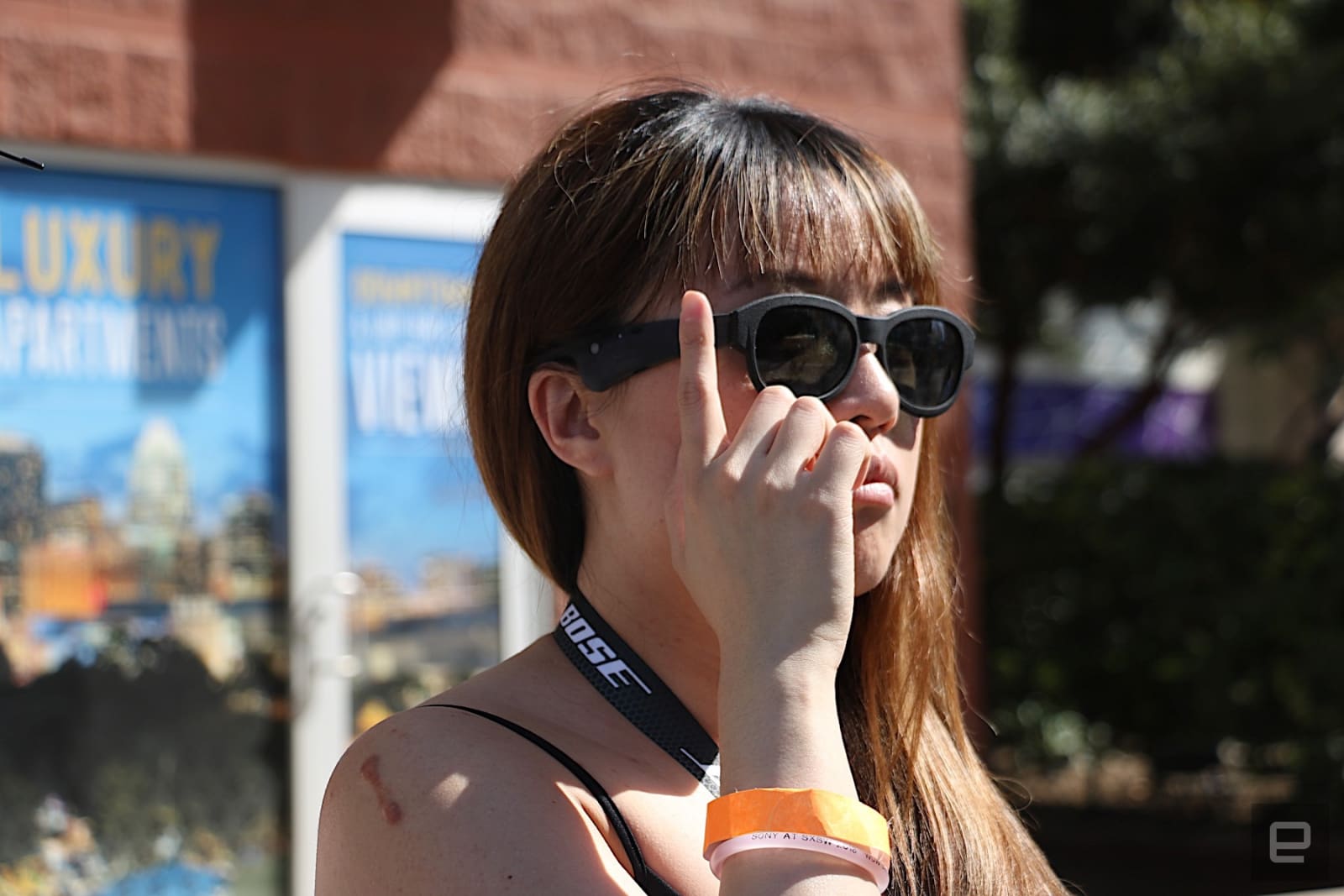 Bose's unique, audio-only AR sunglasses are about to become a practical reality. The company has announced that Frames will be available in January for $199, with pre-orders starting now. The eyewear is available in squarish (Alto) and rounded (Ron...
Bose's unique, audio-only AR sunglasses are about to become a practical reality. The company has announced that Frames will be available in January for $199, with pre-orders starting now. The eyewear is available in squarish (Alto) and rounded (Ron...


